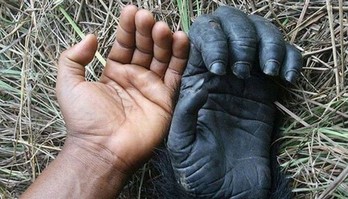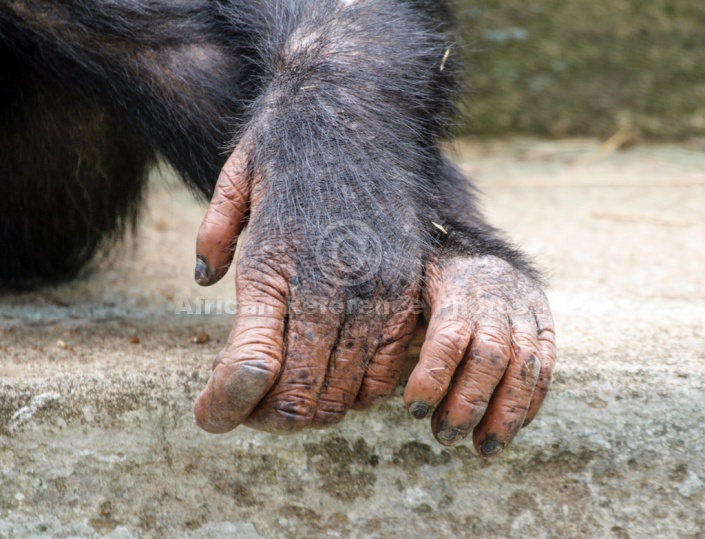

Note the differently structured human hands, thumbs and. showing the physical differences between miians hand and the apes appears in fig. Muscles of the hulliall haild (froimi Harris I923). They sampled living species-humans, apes and monkeys-as well as extinct species, including Proconsul heseloni, Ardipithecus ramidus and Australopithecus sediba.īased on their measurements they concluded that the ancient ancestor of chimps and humans likely had more human-esque hands. Flexor Longus Pollicus (thumb inuscle) Flexor Longus Digitoruin FIGURE 2. To see if our last common ancestor was more like a human or a chimp, researchers measured how the proportions of human and chimp hands had really changed over the years. But human hands have stayed quite similar for millions of years, tool use or not. Some early hominins that didn’t make tools and still appear to have hands that are more like those of modern humans. While chimpanzees grew longer fingers and slightly shorter thumbs, well adapted to their tree climbing lifestyles, humans developed smaller fingers and slightly longer thumbs-ideal for precisely gripping things like tools.īut now, a growing body of evidence is starting to suggest that only one piece of that logic is sound, writes Balter. Scientists have long thought that when humans and chimps diverged seven million years ago, natural selection shaped chimp and human hands differently, explains Michael Balter for Science. That’s what researchers report in a study published July 14 in Nature Communications. However, in some respects, our hands might actually be more primitive than those of our closest Great Ape relatives, chimpanzees. Specifically, we describe the curvature of the hand and foot proximal phalanges of a female chimpanzee named Suzy who was raised to live like a human in New York City during the 1930s (Fig. "There's an aggression toward individuals that are not in their group."īut chimps are often seen as friendly and cute animals because many facilities use preventive measures to prevent the aggression, he said.Humans like to think they're pretty dexterous with their sleek thumbs and strong grips. "They can adapt very well to their environment but that doesn't preclude that they are territorial and they are violent and wild animals first," Ross said. The emotional impulses also play a role in how aggressive they can become, he said. They directed the violence towards Andrew whom they feel was infringing on their territory."Ĭhimpanzees have a wide range of emotions and they are similar to what humans experience, yet they are known to have erratic and unpredictable impulses, Ross said. "This is why we come to the conclusion, as far as our expertise goes, that it was a territorial defense. "They have no anger," Cussons said of the chimps. The two chimps saw Oberle's crossing the fence into the chimps' space as a violation of their territory, prompting them to take action, Cussons said. Hands of chimps are longer and narrower than human hands. In Thursday's case, however, an internal investigation by the Jane Goodall Institute near Johannesburg showed that the chimps might not have intended to be malicious, Eugene Cussons, director of the institute, told "Good Morning America" today. Such physical lack of control can potentially lead some chimps to become more aggressive when physical.

As a result, sometimes chimps use more of their muscle strength than necessary, according to Walker's theory, published 2009 in the journal Current Anthropology. Chimpanzee hands are characterized by four long curved fingers and an opposable thumb (also known as a pollex), making it possible for skillful manipulation of. In chimps, the muscle fibers closest to the bones - those deemed to be the source of strength of both chimps and humans – are much longer and more dense, so a chimp is able to generate more power using the same range of motion, Ross of the Lester Fisher Center said.Īlso, unlike humans, chimpanzees have less control over their muscles. Research suggests the difference in strength between the two lies in the muscle performance.

Indeed, chimpanzees have been shown to be about four times as strong as humans comparable in size, according to evolutionary biologist Alan Walker, formerly of Pennsylvania State University.


 0 kommentar(er)
0 kommentar(er)
